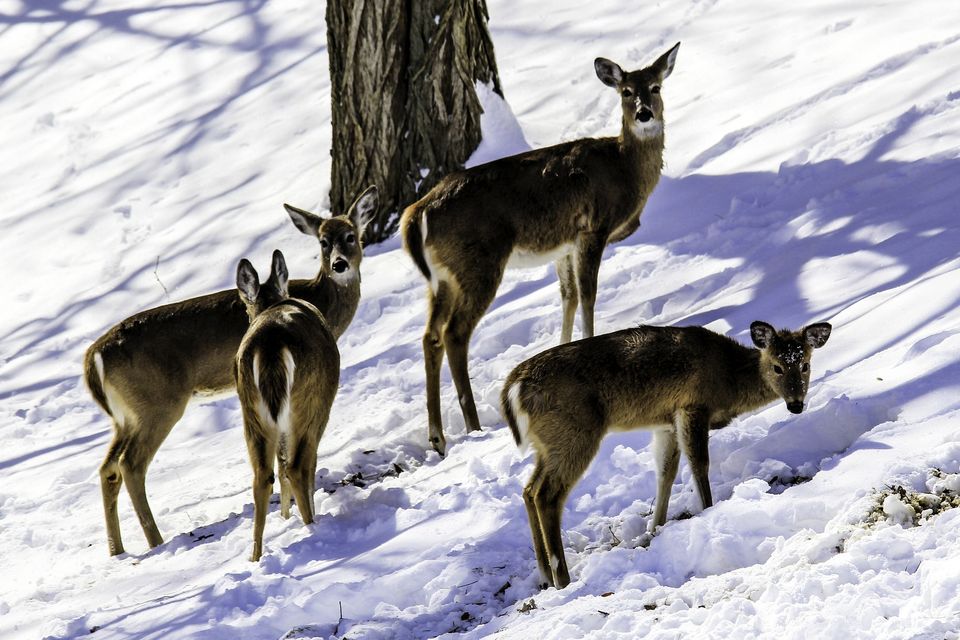
Gilmer County, WV
Gilmer County, West Virginia, is located in the central part of the state, and its history is closely tied to the settlement patterns, the growth of local industries, and the development of the Appalachian region. Here’s an overview of the history of Gilmer County:
Find Small Business Resources for Gilmer County, small business coupons, incentives and sales promotions.
Early Settlement and Formation:
- Gilmer County was established in 1845, named after Thomas Gilmer, a Virginia politician and former governor. Before its formation, the land was part of Lewis County.
- The region that became Gilmer County was originally inhabited by Native American tribes, including the Shawnee and Monacan peoples. European settlers began arriving in the late 18th century, and many of the early pioneers in the area were drawn to the fertile land along the Little Kanawha River, which provided a natural route for transportation and trade.
Agriculture and Early Economy:
- The economy of Gilmer County in its early years was primarily based on agriculture, with settlers growing crops such as corn, wheat, and tobacco. Livestock farming was also important. The area's fertile soil made it a valuable region for farming and sustenance for early settlers.
- By the mid-1800s, the population grew as more settlers arrived, and towns like Glenville began to develop. Gilmer County became a more established agricultural hub, but its remote location meant that development was slower than in some other regions.
The Arrival of the Railroad:
- Like many parts of West Virginia, Gilmer County experienced significant changes with the arrival of the railroad in the late 19th century. The development of the railroad made it easier to transport goods like coal, timber, and agricultural products.
- The Baltimore & Ohio (B&O) Railroad passed through the county, providing a crucial transportation link to larger markets. The railroad also encouraged further settlement in the area and contributed to the growth of towns like Glenville.
The Timber Industry and Coal Mining:
- In the late 1800s and early 1900s, the timber industry played a significant role in the county’s economy. The dense forests of Gilmer County provided a wealth of timber, which was cut and sent to larger industrial cities to support construction and manufacturing.
- While coal mining was a major industry in other parts of West Virginia, Gilmer County was not as heavily reliant on it as other counties. However, some small-scale coal mining did take place, contributing to the region’s industrial activity.
The Role of Glenville and Education:
- Glenville, the county seat of Gilmer County, became a key center for the region. Established in the early 1800s, the town grew over the years and became known for its connection to higher education.
- In 1872, Glenville State College was founded, and it played an essential role in the region’s development. The college not only brought educational opportunities but also contributed to the cultural and economic life of the county. Glenville State College remains a major institution in the county today.
The 20th Century and Economic Changes:
- As with much of rural West Virginia, the 20th century brought significant changes. The decline of the railroad and the reduction in timber production affected the local economy.
- During the mid-20th century, many young people left Gilmer County in search of work in industrial centers and cities. However, the county continued to be a hub for agriculture, and small businesses and family farms remained an important part of the local economy.
Modern Day and Tourism:
- Today, Gilmer County is known for its natural beauty, including the Little Kanawha River, Sutton Lake, and surrounding forests. These outdoor attractions have made the region a popular destination for recreational activities such as fishing, boating, hiking, and camping.
- Sutton Lake, located in the county, is a significant recreational spot that has contributed to tourism and local economic growth. The lake draws visitors for water sports, fishing, and outdoor relaxation, and has become a cornerstone for local tourism development.
- Glenville State College continues to play an important role in the community, offering educational opportunities and contributing to the town’s cultural life. The college also hosts community events and offers activities for residents and visitors alike.
Cultural Significance:
- Gilmer County is part of the Appalachian region, with a strong cultural connection to Appalachian traditions. The county is known for its music, crafts, and storytelling traditions, as well as its annual festivals and events.
- The Gilmer County Historical Society and other local organizations work to preserve the history of the area, including the region’s agricultural roots and its role in the larger history of West Virginia.
Conclusion:
Gilmer County’s history is marked by early agricultural development, the arrival of the railroad, the rise of the timber industry, and the establishment of Glenville State College. Today, the county remains a rural area with a focus on outdoor recreation and education, continuing to honor its Appalachian heritage while adapting to modern changes. The combination of natural beauty, history, and community institutions makes Gilmer County a unique part of West Virginia.Find Small Business Resources for Gilmer County, small business coupons, incentives and sales promotions.
